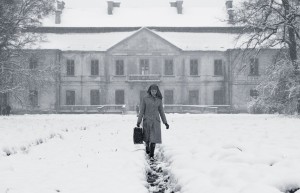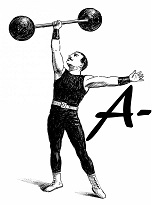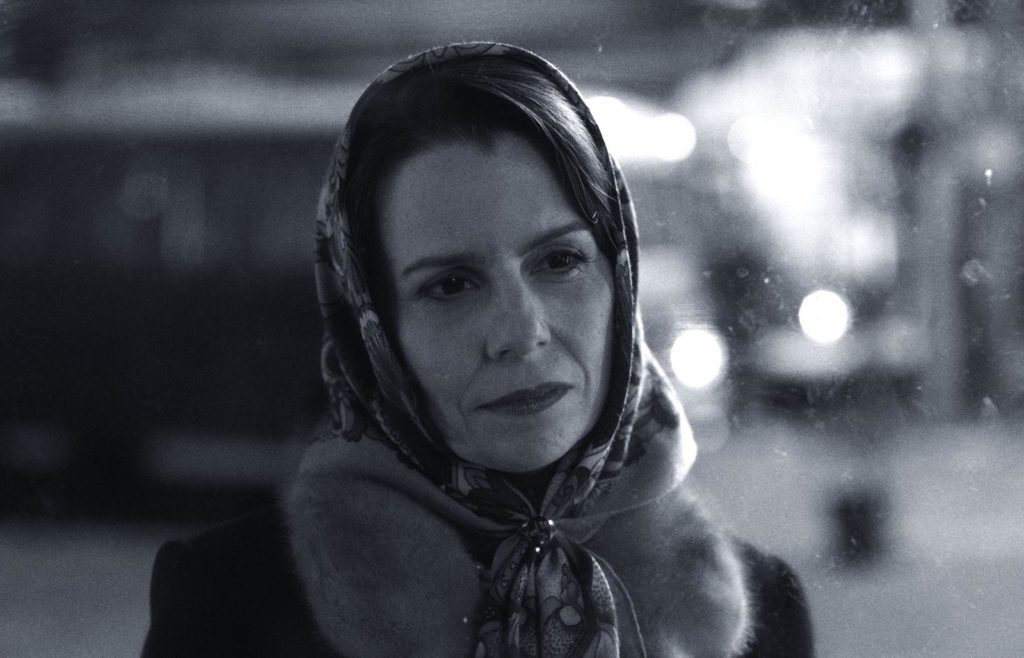A film where the images speak louder than words, “Ida” is a powerful movie that takes us to frightful postwar Poland.
This Polish drama is set in the ’60s, and follows the story of Anna, a novice nun. The Mother Superior of the convent where she has lived since she was a child tells her that before she makes her vows, she has to meet her family. Anna heads off to a nearby town and there meets her Aunt Wanda, an ex-judge with a rather cold and rebellious personality that tells Anna that her real name is Ida and her parents, Jews, were murdered during World War II. Wanda and Ida then embark on a journey – not only in search of the remains of their family – but also to find some kind of inner peace, each with different reasons.
“Ida” is an excellent movie that shows the terror experienced during one of the worst periods in world history. The whole atmosphere transcribes Ida’s terror and in a very natural and even simple way, passing to the side the dedication obviously put into the creation of this film.

The film’s black and white cinematography is stunning. The camera angles are absolutely brilliant; very careful and interesting. The use of music in some scenes illustrates each situation. The performances of the two leading actresses are very deep and complex. An impeccable work by the actresses Agata Trzebuchowska and Agata Kulesza, who are able to transmit the weight of each of their characters.
The end may be ambiguous. But that is no sign that it’s a bad end, because we can take from it what we want and what we think best for the central figure of the film. All meanings are for each of us interpret in our own way.
Although the dialogue is little, is indeed very deep. Many of the scenes where silence reigns, are overwhelmed by the powerful of the images that we see and that makes it a very good work despite its simplicity.
– by Caty Alexandre


